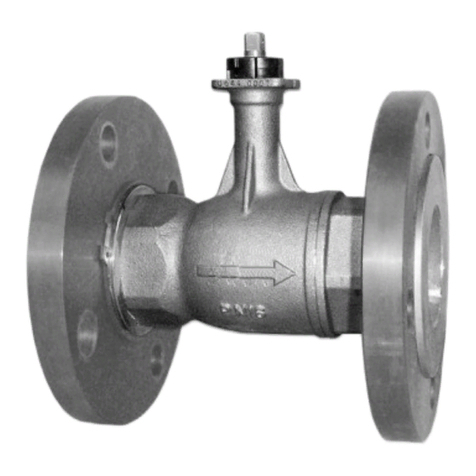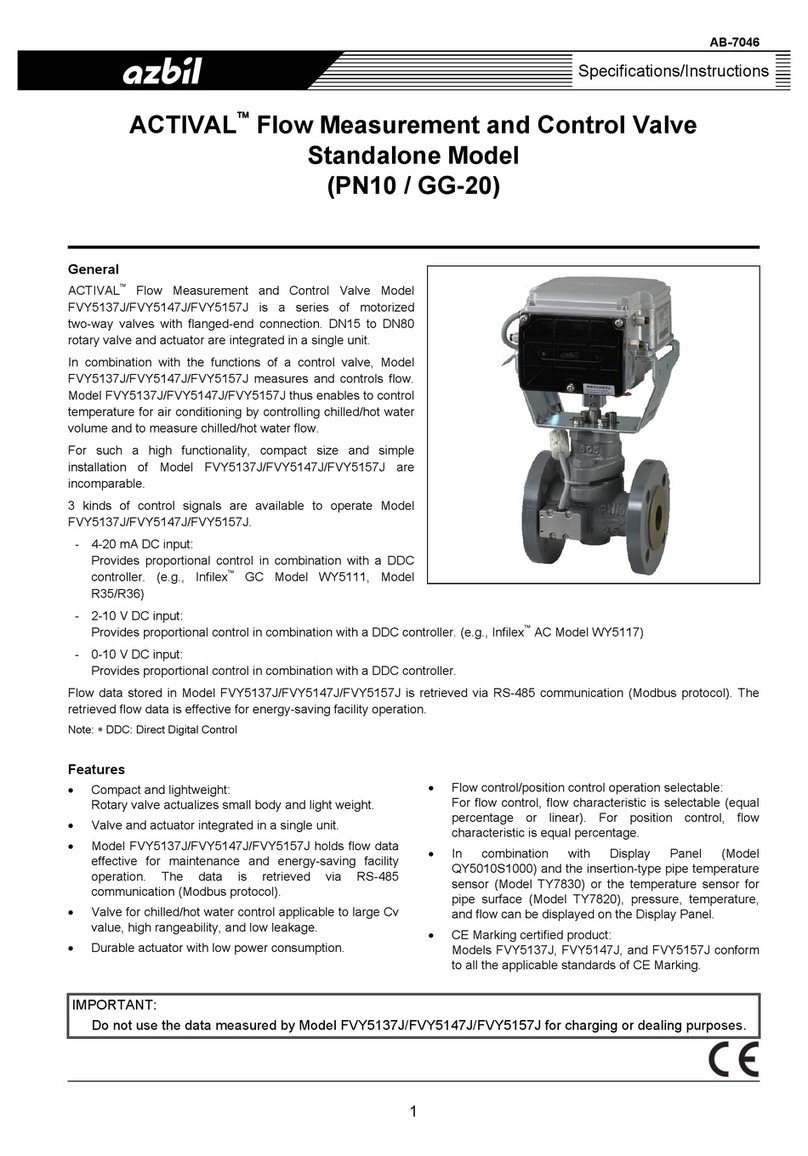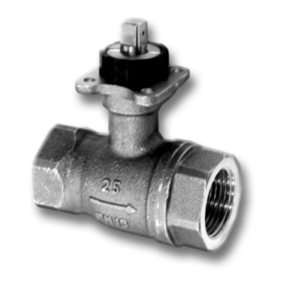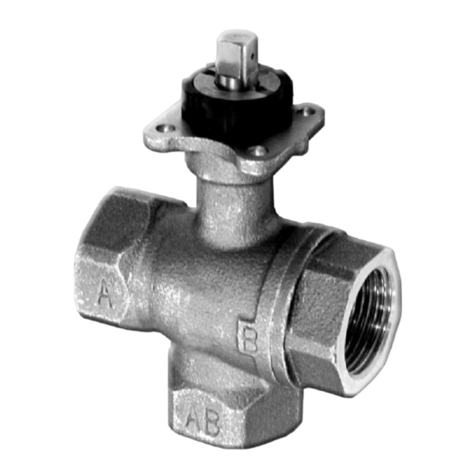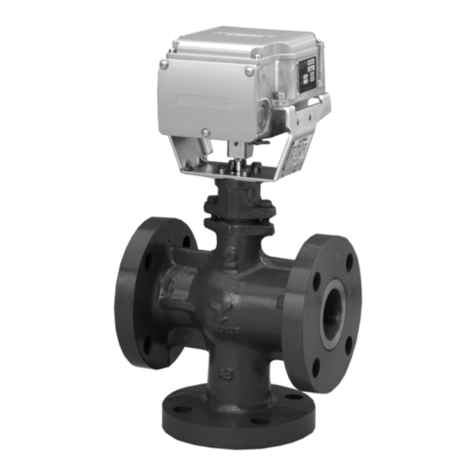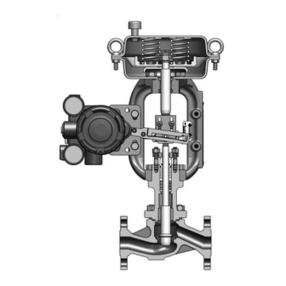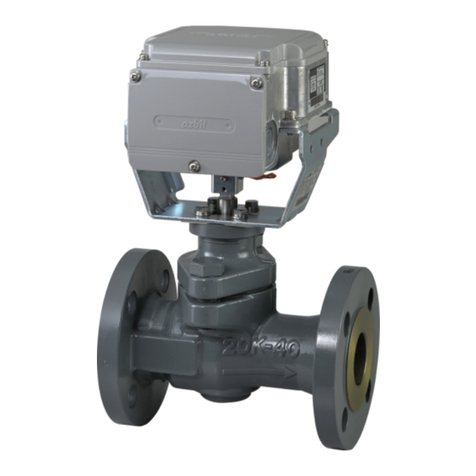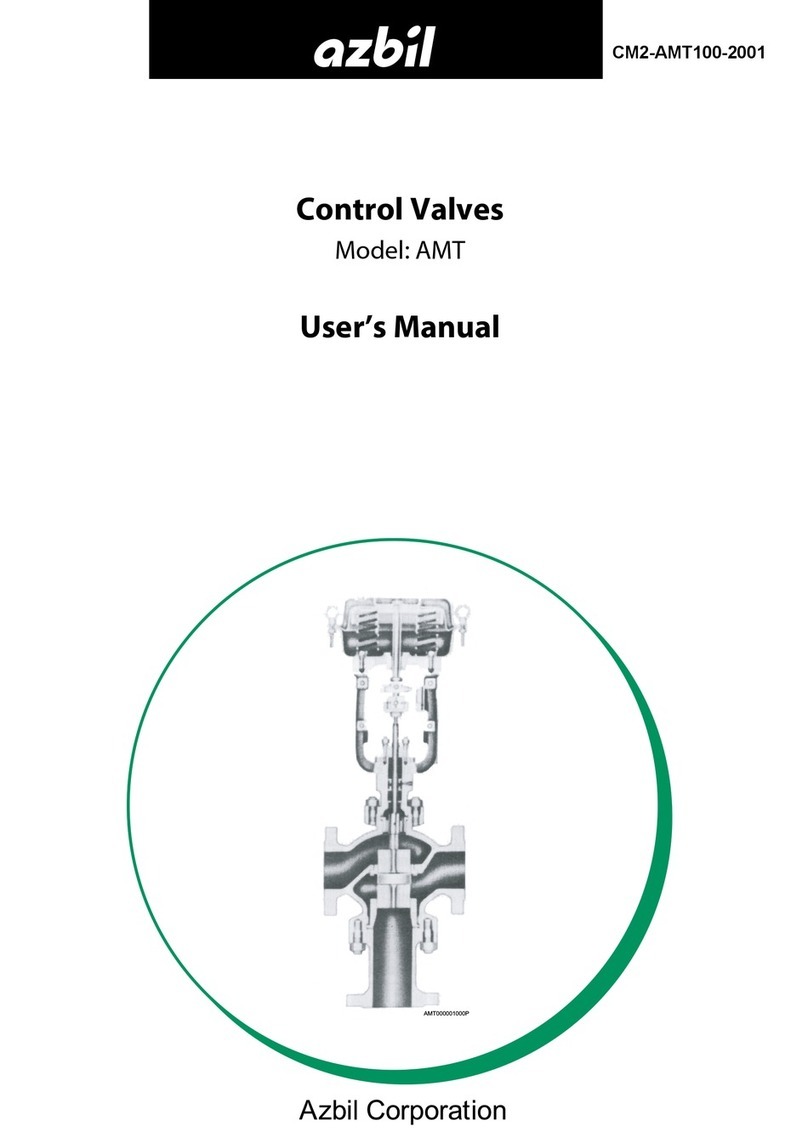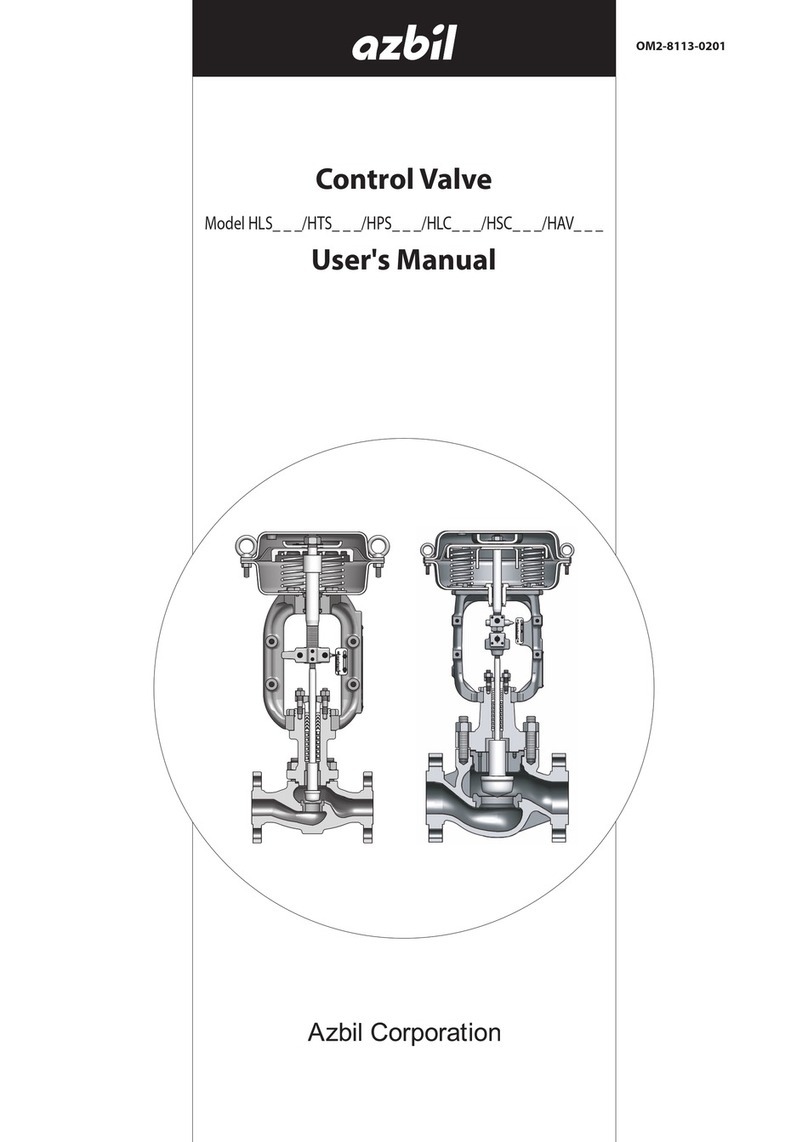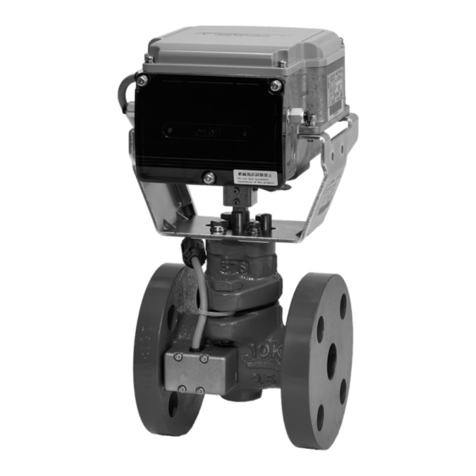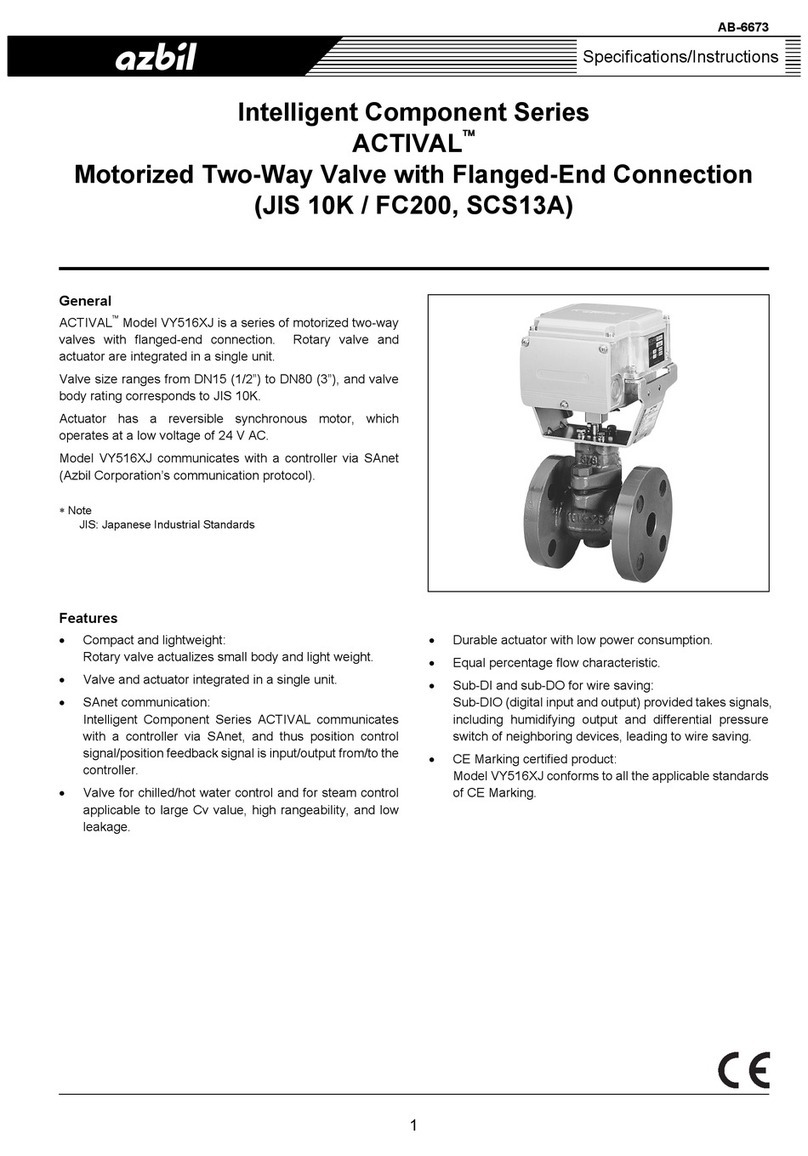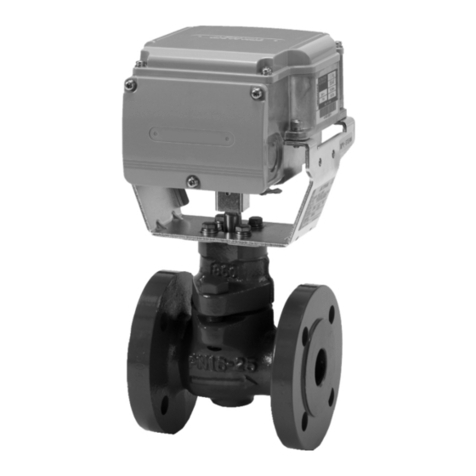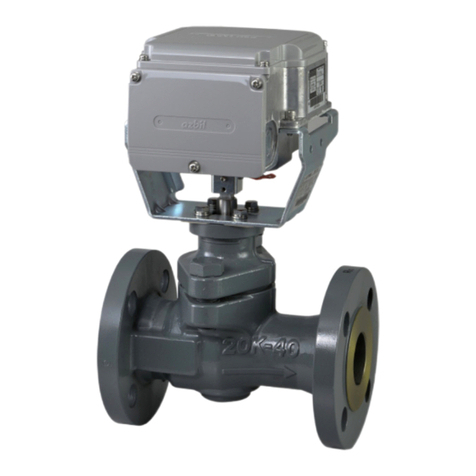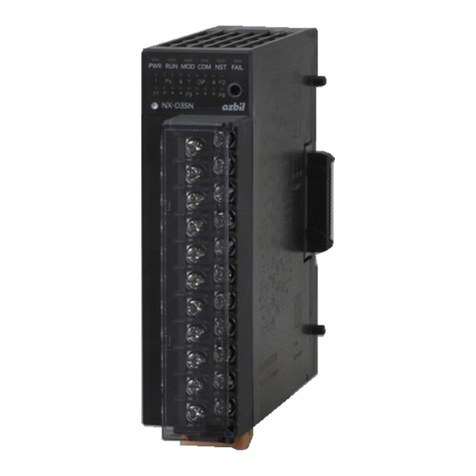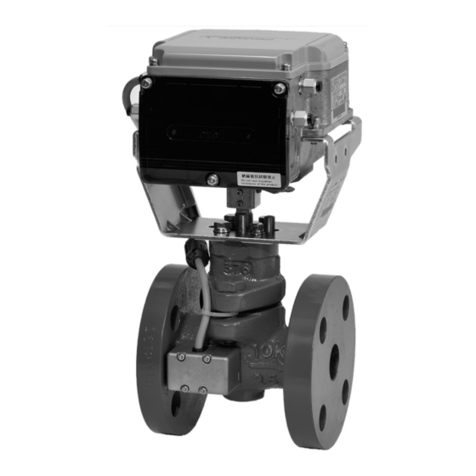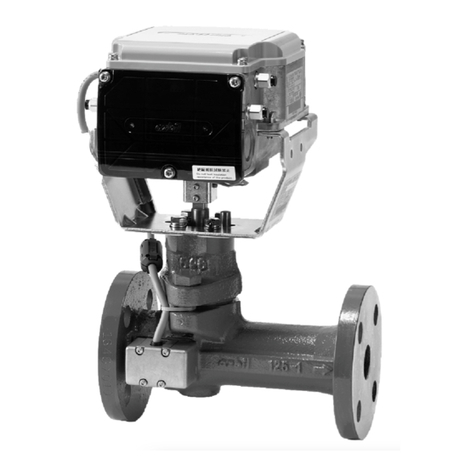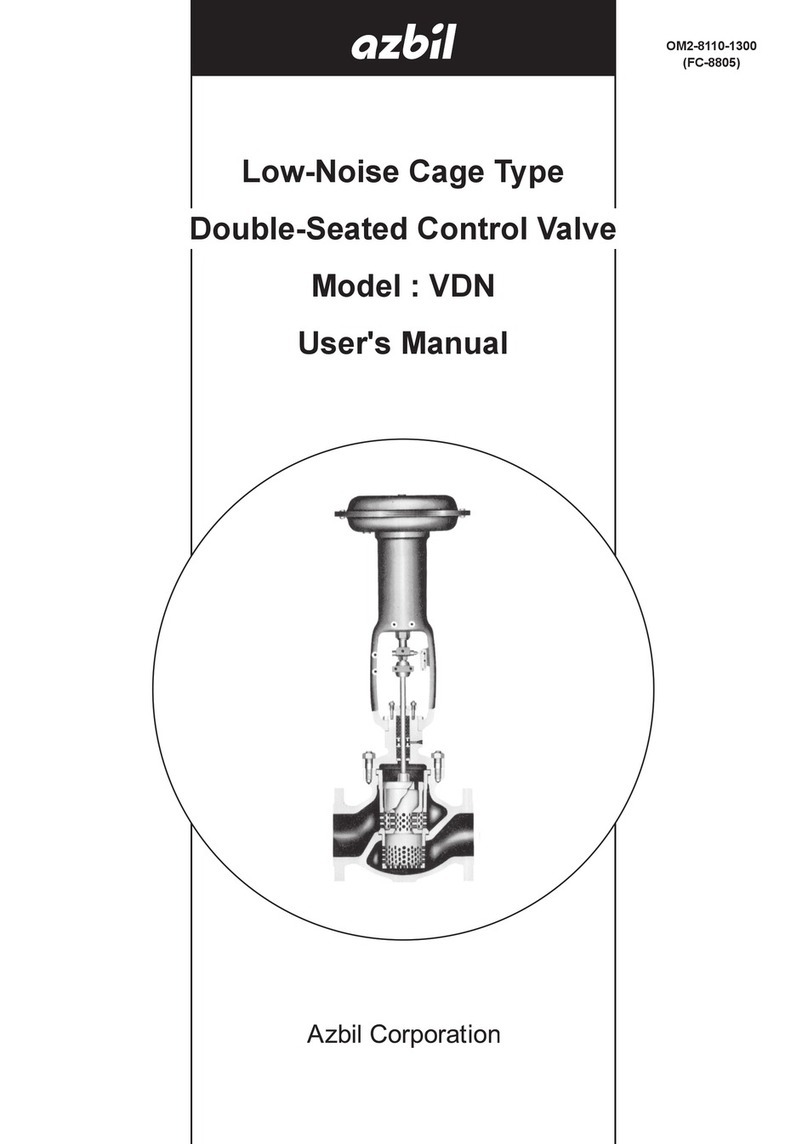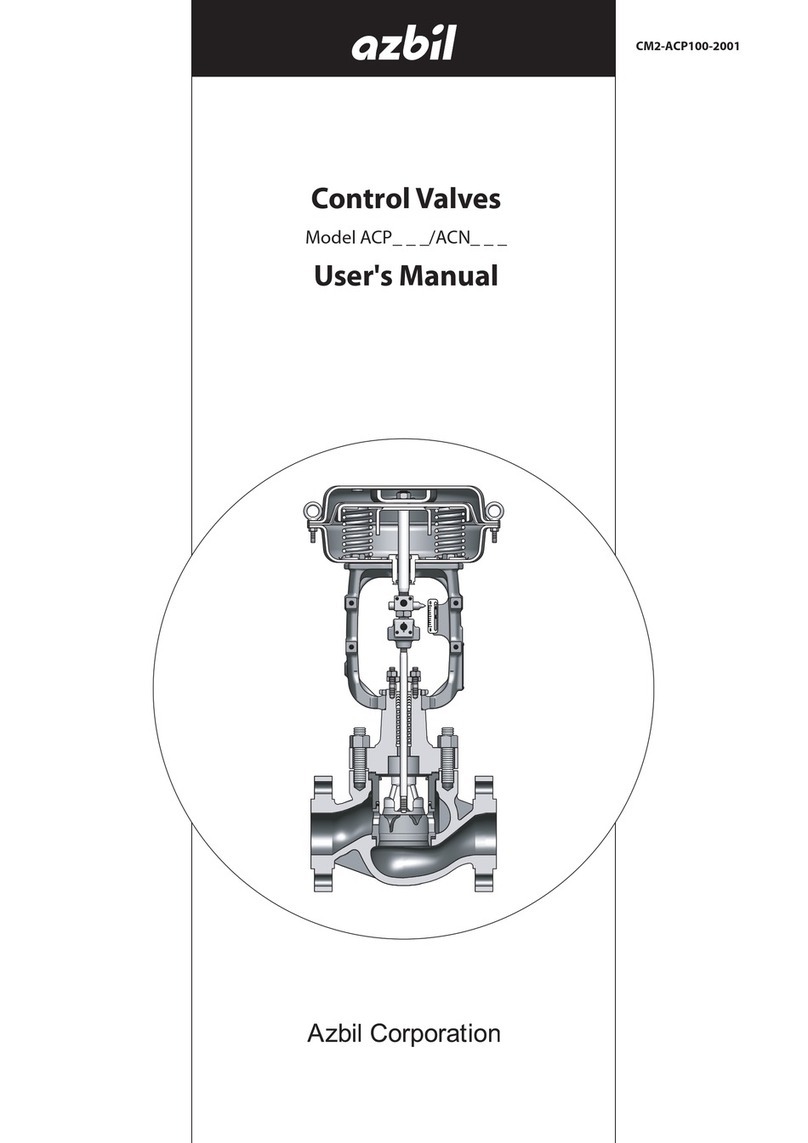
iii
Safety Precautions
WARNING
Before using the unit, be sure to read this manual in order to use the product correctly.
Incorrect installation, adjustment, modification, operation, or maintenance may result in an injury
or accident.
The unit should be installed, wired, adjusted, inspected, and maintained by specialists having
sufficient knowledge and skills related to combustion and industrial furnaces.
After piping and wiring the unit, be sure to perform gas leak inspections before supplying gas.
Failure to do so might cause fire or device failure.
Do not place your foot on the unit or climb on it.
Doing so is extremely dangerous, because the seal might be damaged, resulting in an external gas
leak from the valve unit or pipe flange.
Do not install the unit outdoors where it is exposed to wind, rain, or direct sunlight.
Doing so may cause device failure.
The valve unit is a heavy object. The edges at the bottom of the valve unit may cause injuries
during handling. Wear work gloves or other protective gear when handling this product. Also wear
work gloves or other protective gear when unpacking the product.
Do not touch the valve seat directly or push it up with a screw driver.
If the valve seat is damaged, the sealing ability cannot be maintained, resulting in gas leaks.
Before wiring, installing, or removing the unit, be sure to turn off the power and gas supply.
Failure to do so could result in an electric shock or gas leak.
Connect the unit to the low-voltage side (G). If it is connected to the high-voltage side (H), a
ground-fault current may flow into the unit, causing the valve to open and the gas to flow out,
regardless of the burner controller.
Be sure to check that the unit has been correctly wired before turning on the power.
Incorrect wiring of the unit can damage the unit and lead to other hazards.
While the equipment is operating do not touch the coil part of the solenoid valve directly.
It may reach a high temperature (80°C or more), causing burns.
Do not reuse any removed O-ring. Be sure to use new O-rings when replacing the unit, and when
removing or re-attaching the threaded flanges.
Reusing O-rings may cause gas leaks.
When replacing an O-ring, before assembling make sure that the threaded flange is not biting into
the O-ring. Biting may lead to external gas leaks.
Connect the ground wire to the ground terminal to prevent electric shock in case of an electrical
fault.
High-voltage side (H)
(Ground fault)
Burner
Burner
controller
Boiler
6600 V 100 V
Valve (closed)
Low-voltage
side (G)
Gas
LV1 (+)
N (–)
When the valve is wired to the low-voltage side correctly, as shown
in the gure, no ground-fault current ows into the solenoid valve,
even if an insulation failure causes a ground fault. Therefore, the valve
does not open and there is no risk of gas outow.
Correct connection method
High-voltage side (H)
(Ground fault)
6600 V 100 V
Gas
If the valve is wired to the high-voltage side, as shown in the gure,
a ground-fault current ows into the solenoid valve when the ground
fault shown in the gure occurs. Regardless of the burner controller,
therefore, the solenoid valve opens and the gas ows out.
Valve (open)Low-voltage
side (G)
LV1 (+) N (–)
Incorrect connection method
Burner
Burner
controller
Boiler
